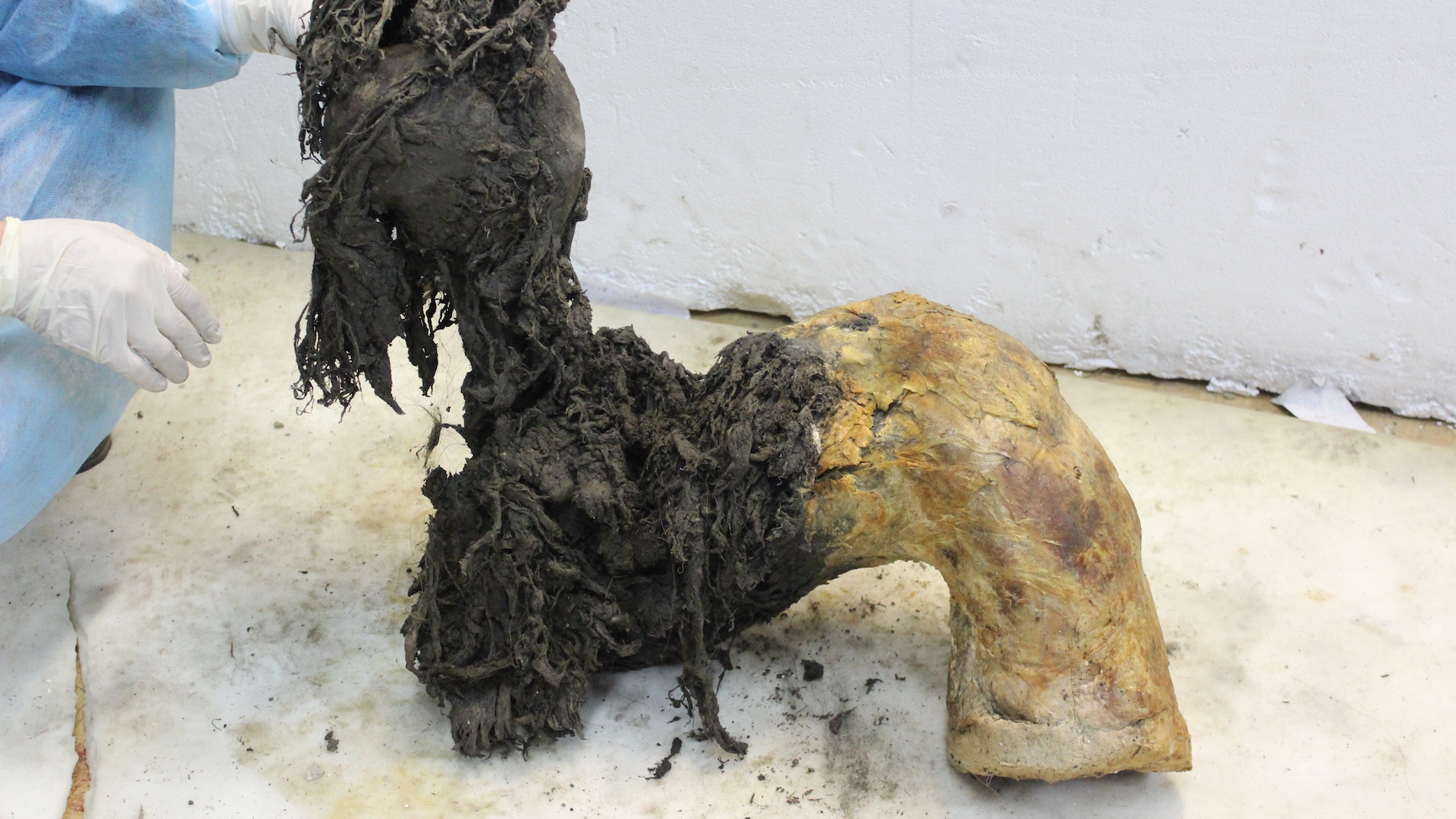Gallery: Lost in the Bermuda Triangle
Welcome to the Bermuda Triangle

The Bermuda Triangle is infamous for making everything from cargo ships to airplanes disappear. The mysterious body of water is clouded with rumors of suspicions — if not supernatural — activity. Over the past century, the Bermuda Triangle has been "swallowing" vessels and is blamed for the loss of hundreds of lives. Here, we recap its strangest disappearances. Explore if you dare...
The Devil's Triangle
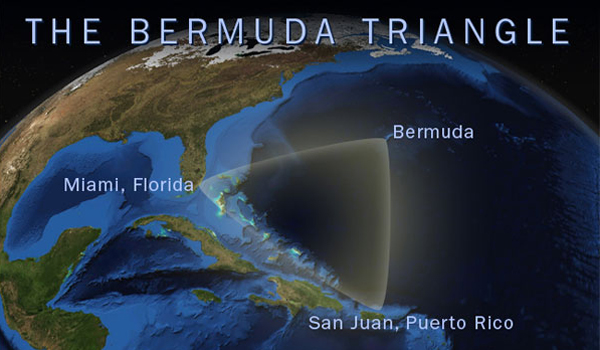
Also sinisterly known as the Devil's Triangle, the Bermuda Triangle consists of a region in the western part of the North Atlantic Ocean, and is defined by points in Bermuda, Florida and Puerto Rico. It stretches across less than a thousand miles on any one side.
Flight 19

The Bermuda Triangle's eerie reputation began on Dec. 5, 1945, when flight 19, a squadron of five U.S. Navy torpedo bombers, vanished into thin air during a routine training exercise. The planes were fully equipped and had been thoroughly checked before they departed from the Naval Air Station Fort Lauderdale in Florida. What made the disappearance even more mysterious is that it occurred during peacetime, making it less likely that they were shot down. This photo shows a U.S. Navy TBF Grumman Avenger flight, similar to the Flight 19 planes.
White Water

Before losing radio contact off the coast of southern Florida, Flight 19's flight leader was reportedly heard saying: "Everything looks strange, even the ocean," and "We are entering white water, nothing seems right." The aircrafts and 14 crew members were never found, despite a lengthy investigation by the government. In fact, a search-and-rescue aircraft with 13 men onboard was dispatched to locate the missing planes, but that aircraft and its passengers also inexplicably disappeared. And thus, the Bermuda Triangle's spooky reputation was solidified.
Star Ariel

The Bermuda Triangle is believed to be responsible for the mysterious disappearance of more than 50 ships and 20 airplanes over the past century, according to the U.S. Navy. The G-AGRE Star Ariel, a passenger aircraft owned by British South American Airways, went missing on Jan. 17, 1949. The plane had been flying over the Bermuda Triangle while making its way from Kindley Field in Bermuda to Kingston, Jamaica. Weather conditions at the time of the disappearance had been calm and fair, and no wreckage was ever found. All seven crew members and 13 passengers were lost.
Sulphur Queen

The SS Marine Sulphur Queen, a converted T2 tanker ship carrying molten sulfur (sulphur is the British spelling of sulfur) and 39 crew members, disappeared near the southern coast of Florida. It was last heard from on Feb. 4, 1963, when it sent a routine radio message. When it failed to make further communication, search crews were dispatched to locate it. After more than two weeks of looking, the rescue team only found a few shards of debris and life preservers, shown above. It's a bit unsettling that the Sulphur Queen vanished into "the Devil's Triangle," since folklore says that the king of the underworld reeks of sulfur — and what's that creepy shadow in the photo's background, anyway?
Cyclops
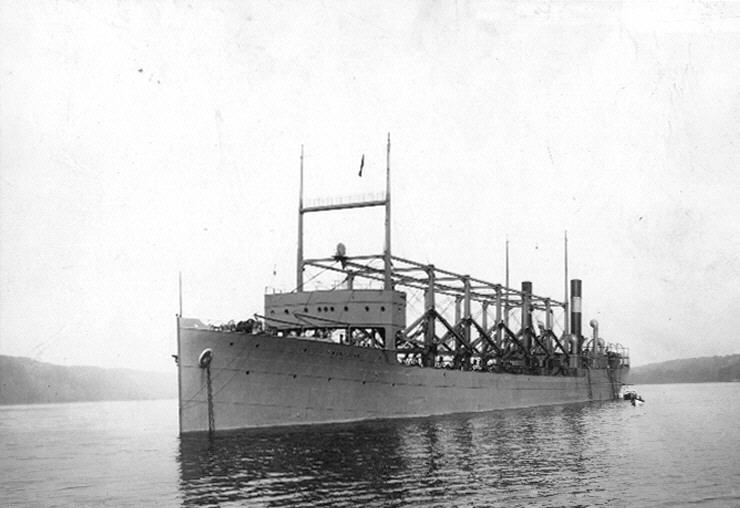
This photo shows the U.S.S. Cyclops (AC-4), a massive collier ship that was lost at sea in 1918. After leaving Barbados for Baltimore, Md., on March 4, the vessel vanished without a trace, taking 306 crew members and passengers with it. It remains the single largest loss of life in U.S. Naval history that was not the result of combat.
Get the world’s most fascinating discoveries delivered straight to your inbox.
Nereus

The USS Nereus (AC-10) was one of four Proteus-class colliers built for the U.S. Navy during World War I. The craft was named after the mythological Greek sea god Nereus, protector of sailors. The USS Nereus was lost at sea sometime after Dec. 10, 1941, as it made its way to Portland, Maine, from St. Thomas in the Virgin Islands. It disappeared with a crew of 61 along the same route as its sister-ship, the USS Proteus, had vanished from the previous month.
Proteus
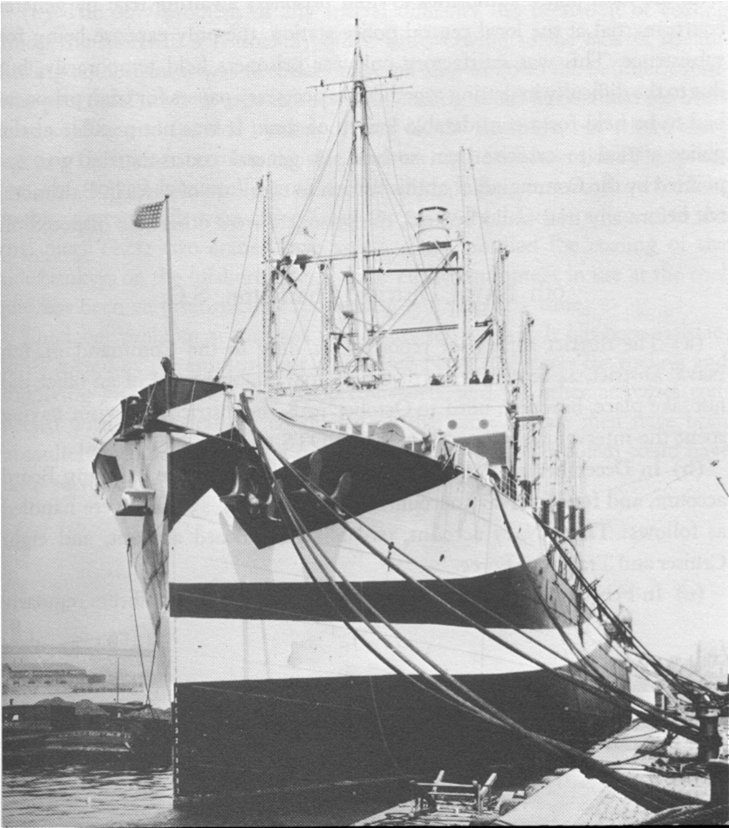
The USS Proteus (AC-9) was a Navy collier that had been converted into a merchant ship. It was never heard from again after Nov. 23, 1941, when it left port from St. Thomas in the Virgin Islands, bound for an East Coast port in the United States. The approximately 540-foot-long (165 meters) ship was carrying 58 men and a cargo of bauxite ore to be made into aluminum. Two of Proteus's three sister-ships, the Cyclops and Nereus, also vanished without a trace in the Bermuda Triangle.
Paranormal Activity?

Several bizarre theories have been presented in attempts to explain the disappearances. UFO abductions, time warps, portals leading to other dimensions, magnetic field anomalies, geophysical phenomena and massive methane gas bubbles have all been blamed for the triangle's unsolved mysteries. A popular theory is that the legendary lost city of Atlantis rests at the bottom of the Bermuda Triangle, and its advanced technology interferes with nearby vessels.
A Reasonable Explanation
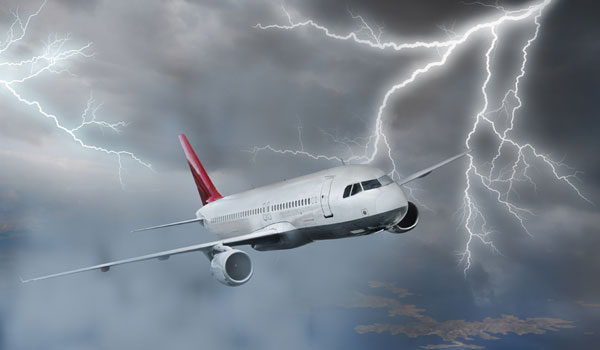
In actuality, the number of disappearances in the Bermuda Triangle is consistent with any other well-traveled region. There's no evidence to show that the area experiences an unusually high number of lost vessels. The region is vulnerable to unpredictable storms, with the majority of Atlantic hurricanes and tropical storms passing through the triangle. And, according to the Navy, the Gulf Stream there can cause swift, violent changes in weather, and its currents "can quickly erase any evidence of a disaster."
